How to Share Files Between Computers Using Windows Operating Systems
Sharing files between computers can be easy with the right tools! Learn how to use Windows operating systems to share files quickly and securely.
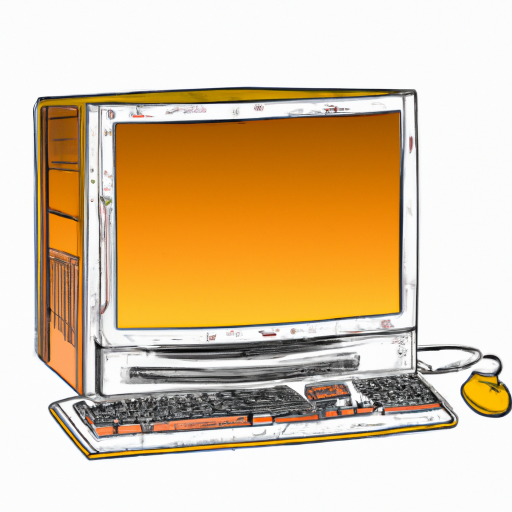
Sharing files between computers can be a hassle, especially when it involves different operating systems. Windows operating systems provide a variety of tools and features that make sharing files between computers a straightforward process. Whether you’re using two computers running on the same operating system or different ones, you can easily share files between them with a few simple steps.
Step 1: Establish the Connection
The first step in sharing files between two computers is to establish a connection between them. This can be done in several ways depending on the type of connection you need. If you’re using two computers that are located in the same area, you can connect them using an Ethernet cable. This is a physical connection that allows you to transfer files directly between the two computers.
If your computers are located in separate areas, you can connect them using a wireless network. This is the most convenient way to share files between computers since it doesn’t require any physical setup. All you need to do is make sure both computers are connected to the same Wi-Fi network.
Step 2: Enable File and Printer Sharing
Once the connection between the two computers is established, you need to enable File and Printer Sharing on both of them. This is a feature of Windows that allows you to share files and printers across a network. To enable File and Printer Sharing, open Control Panel and go to Network and Sharing Center. Click on Change Advanced Sharing Settings and then select Turn on File and Printer Sharing.
Step 3: Choose a Sharing Method
There are two different methods you can use to share files between computers: homegroups and direct sharing. Homegroups are a feature of Windows that lets you quickly share files and printers with other computers in your home network. All you need to do is create a homegroup and add the computers you want to share with into it.
Direct sharing is a more manual process that requires you to set up a shared folder on one of the computers. You can then give the other computer access to that shared folder and they can view and download the files inside it.
Step 4: Share the Files
Once you’ve chosen the sharing method you want to use, you can start sharing files between the two computers. For homegroups, you can simply copy and paste the files into the shared folder. For direct sharing, you can use Windows’ built-in File Sharing feature. Right-click on the file you want to share and select Share With > Specific People. You can then enter the name of the other computer and give it access to the file.
Step 5: Access the Files
After you’ve shared the files between the two computers, you need to access them on the other computer. If you’re using homegroups, you can simply open the shared folder and view the files inside it. For direct sharing, you’ll need to open the File Sharing window and connect to the other computer. Once you’re connected, you can view and download the shared files.
Sharing files between computers can be a time-consuming process, especially when the computers are running different operating systems. Fortunately, Windows provides a variety of tools and features that make it easy to share files between computers. With a few simple steps, you can quickly and easily share files between two computers running on the same or different operating systems.
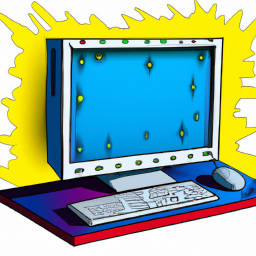
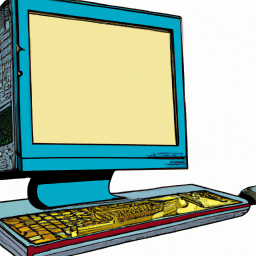
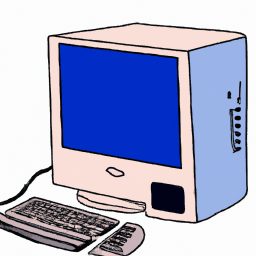

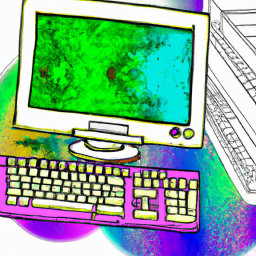



Terms of Service Privacy policy Email hints Contact us
Made with favorite in Cyprus